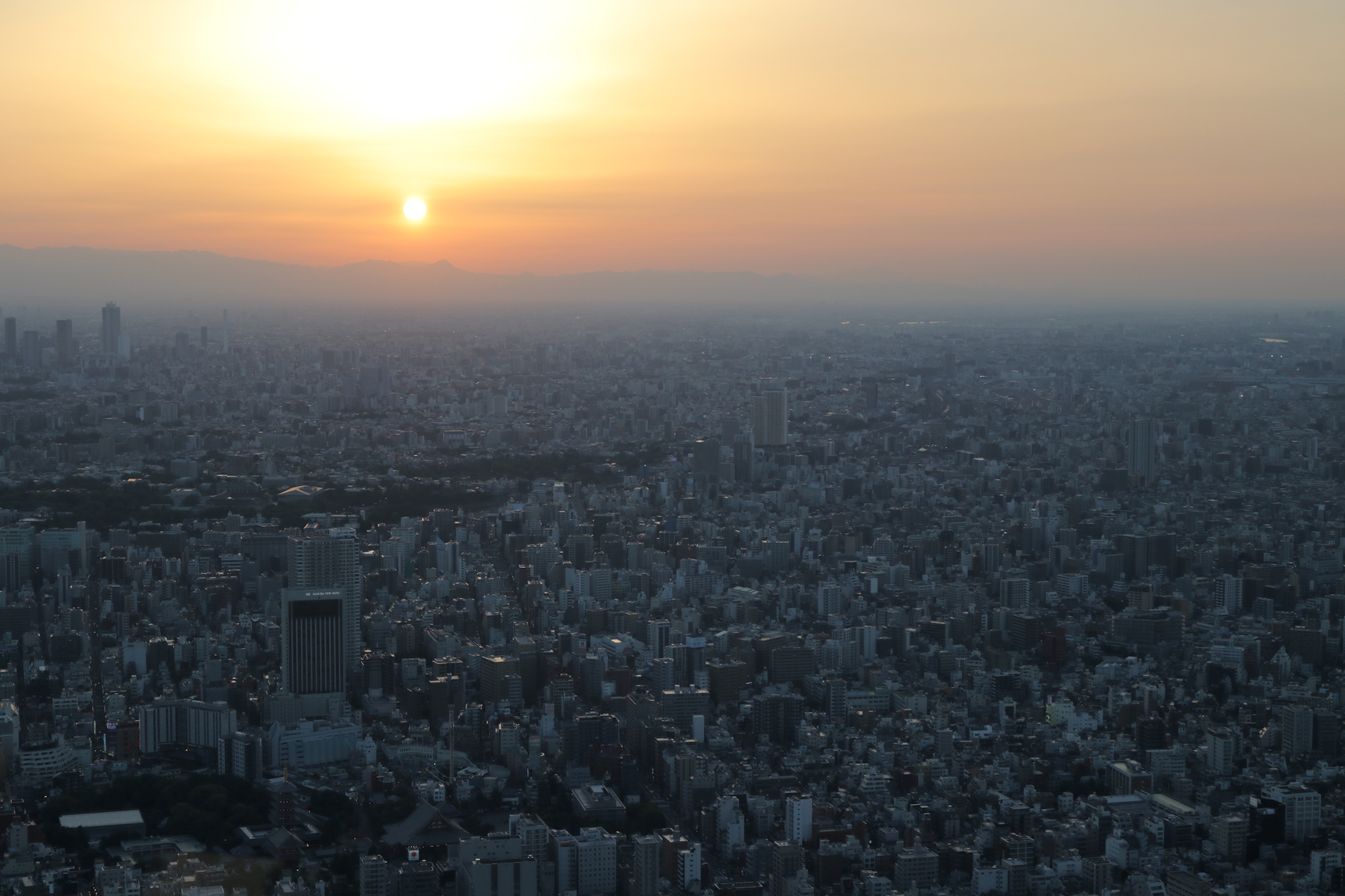‘Exploring Japan: Embracing the Artist Within’
With an artist lens, EAS writer Uji Venkat talks about her recent travels to Japan. She gives a lively account of her adventures with two friends and her discoveries that range from culture to food, art, and architecture, along with a few must see tips.
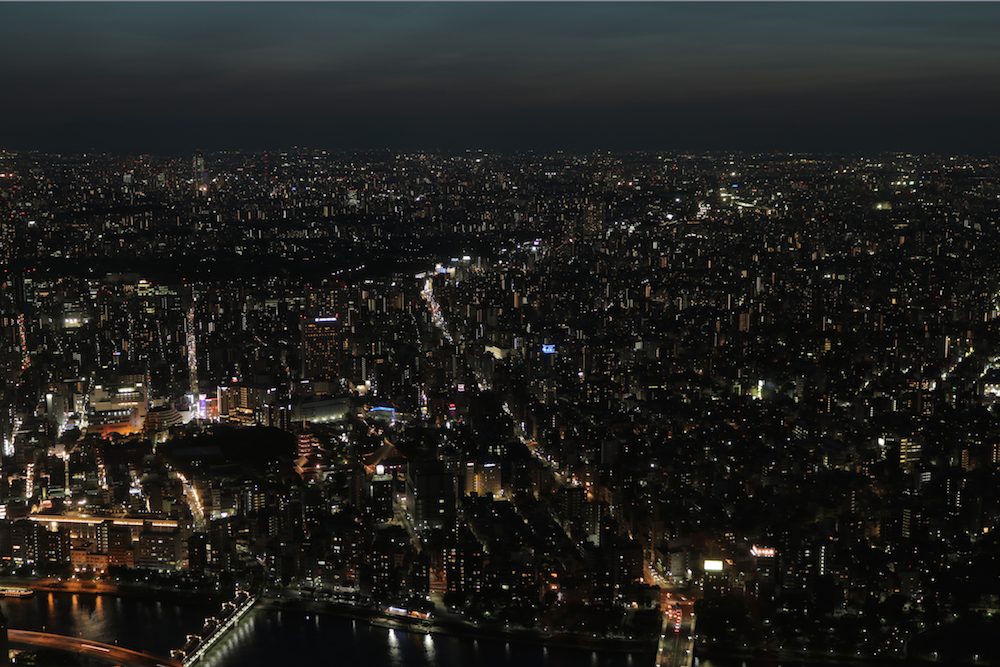
What do you think of when you think of Japan? I used to answer this with sensory overload, anime, fresh seafood, and fancy cars. My two week trip proved me entirely wrong. These luxuries were ever present but it was also a culturally rich, yet innovative, atmosphere. My experience in Japan reminded me to suspend my own preconceived notions in order to learn in new and unexpected situations.
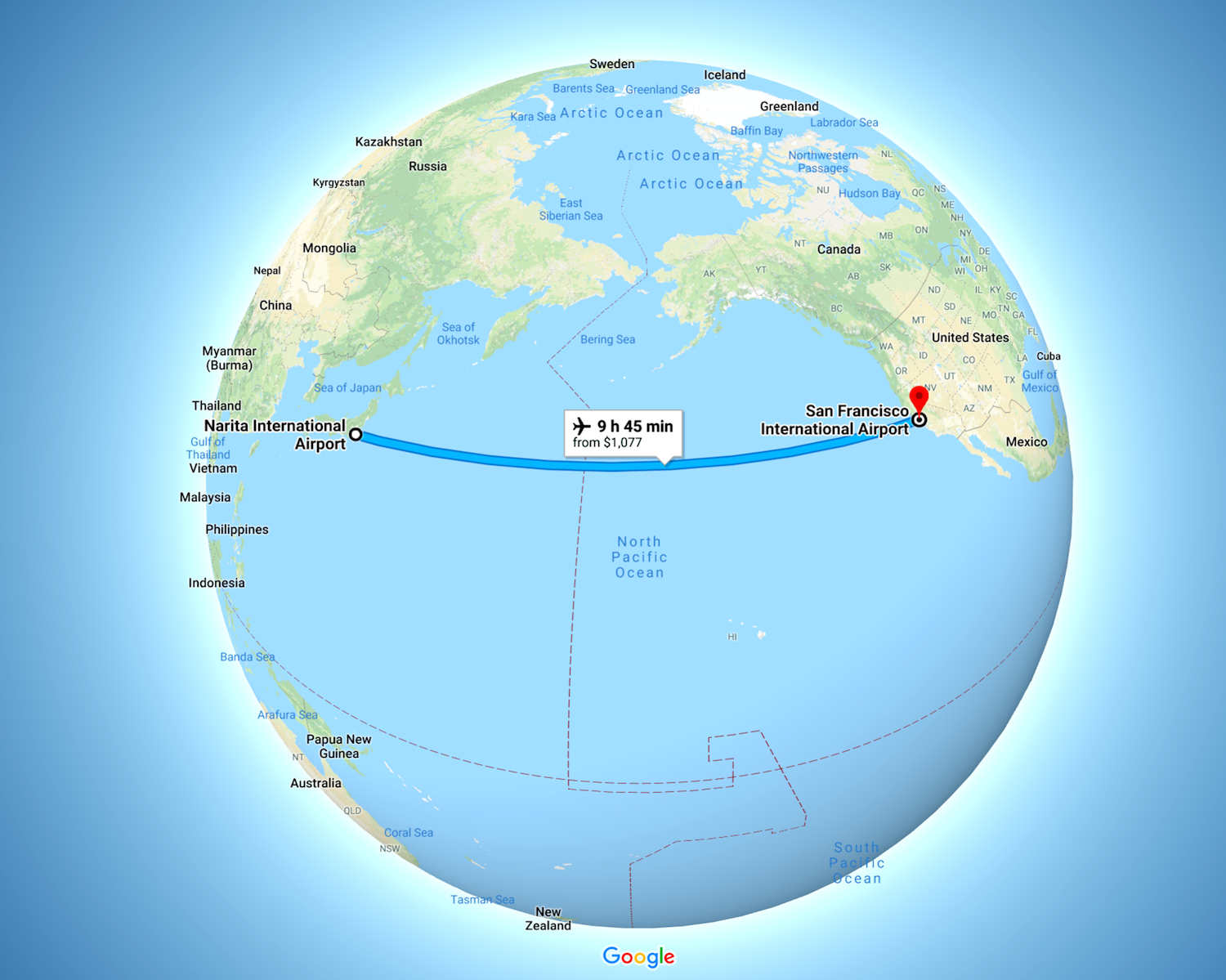
This trip, which I booked the day after I was invited, was an impulsive escape from my full-time project management position. It was also a treat for the long-neglected artist within me. My traveling companions, Aleks and Brendan, are friends from San Francisco. They have spent copious amounts of time spontaneously traveling, trying all kinds of different food, and photographing everything along the way. Basically, two people that would be excellent at pushing me outside of my comfort zone and enthusiastic to discuss art and culture.
We spent two weeks in mainland Japan, the island of Honshu. After flying into Narita International Airport, we spent the first few days in Yokohama--about an hour train ride from the Tokyo city center. Yokohama can be likened to a suburb. It has beautiful houses, flowers, and the most adorable tiny eateries.
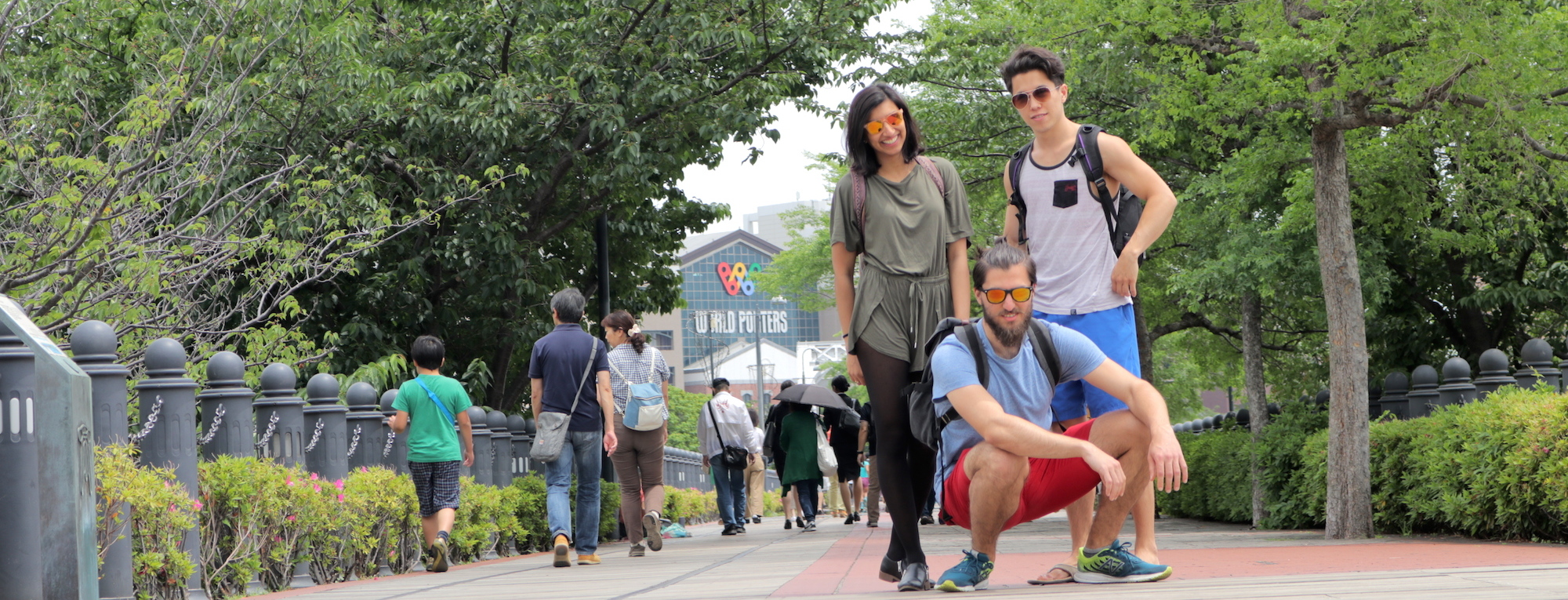
One of my favorite things about Japan is its lack of conformity with the Western world. I have travelled to various cities in Asia, Europe, and Australia and never have I seen a place so content with and immersed in its own language.
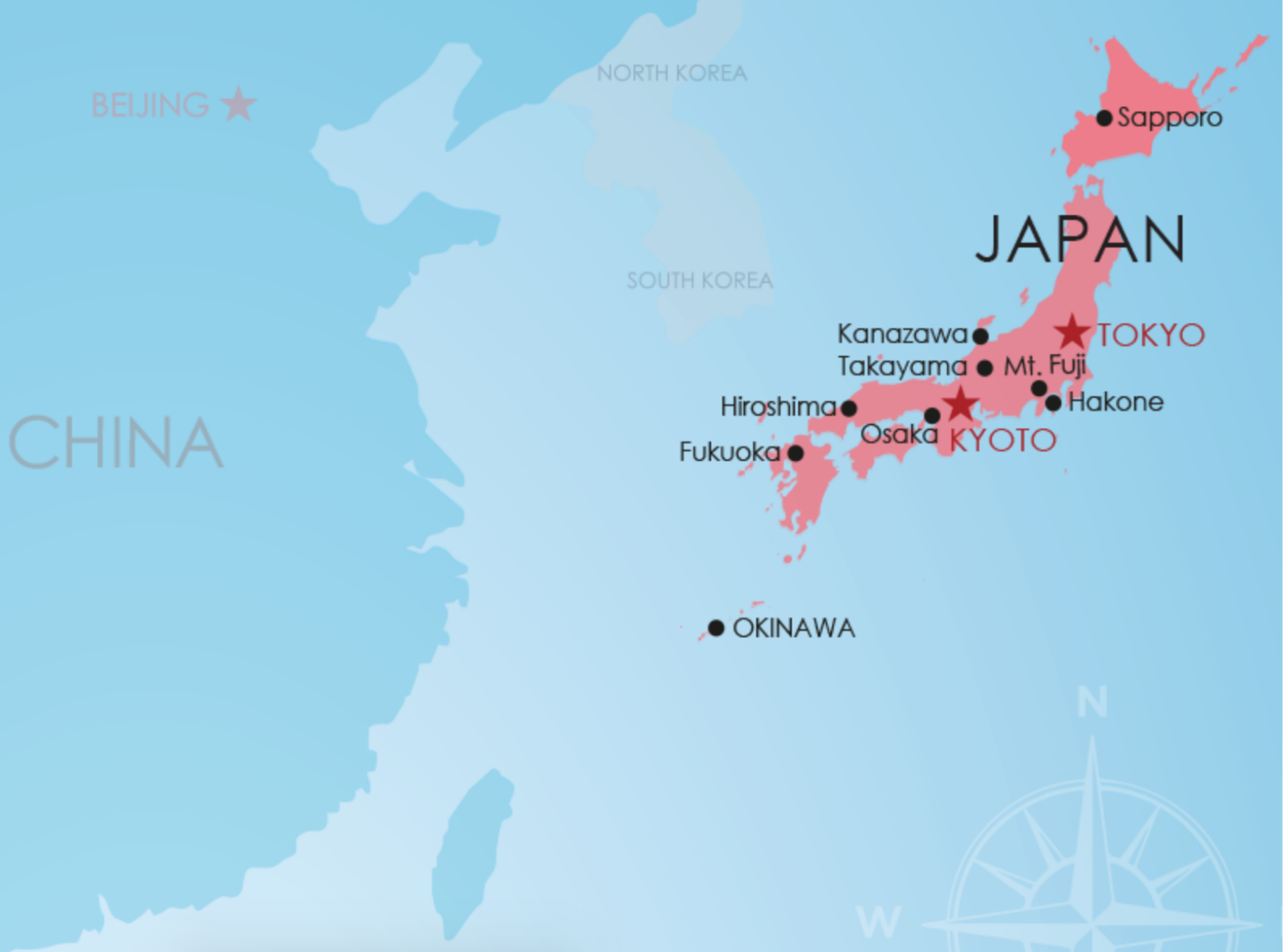
For a place that is so tourist friendly, one might expect the extremely kind residents to speak more English, at least in the larger cities, but they don’t. Although this made our travels much more difficult, we also got to experience the honest to goodness reality that was this impeccably preserved island nation. It’s rather refreshing to see a whole country of well educated, technologically progressive people who decide to embrace their language, culture, and traditions above norms of business relations with the rest of the world.
The Japanese are among the most polite, concerned people I have ever interacted with. Their culture is based on respect for strangers and all people, alike. Since I flew in later than my friends on the first day and was trying to find our airbnb, with only screenshots of the walking directions and no wifi, I stopped to ask some local construction workers. It took turning a five minute walk into a roundabout thirty minute journey for me to ask for help. And despite the language barrier, they tried drawings, gestures, and asking their construction worker friends to help me.

Tokyo
We started in Tokyo with dance nights out, arcade games, and delicious food. It wasn’t until Japan that I actually liked ramen. The noodles were buttery while the broth, meat, egg, mushrooms, and veggies provided for a one-of-a-kind savory treat. I never really liked seafood much, but fresh sashimi and sake toro (salmon belly) have rendered my preconceived notions mute.
I had not expected the world’s largest city to offer beautiful architecture and greenery while also being the cleanest place I have ever been. We spent a day under the leafy canopies of Ueno park visiting gardens as well as a few of Tokyo’s national museums, but the amazing thing was that we didn’t have to go to the park to witness nature; it was integrated into the city, along streets and among (and sometimes on) high rise industrial buildings.
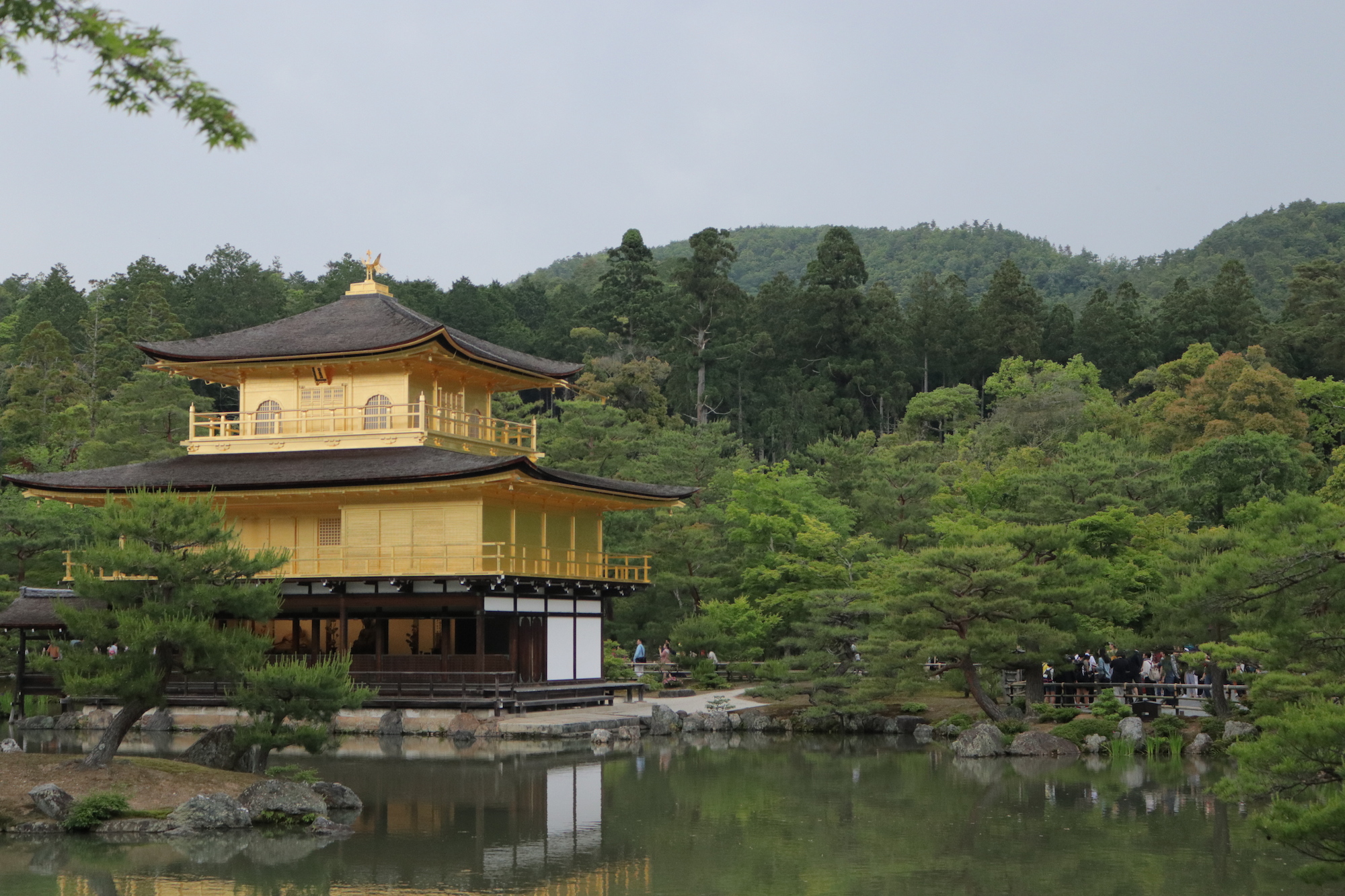
Kyoto
Home to the Japanese emperor and Japan’s original capital, Kyoto, is known for its temples. There are three must sees that I encountered: the Golden Pavilion, the Yasaka Shrine, and the Fushimi Inari Shrine. Plated in gold, seemingly suspended upon a lake, and surrounded by trees and vivid purple irises, the Kinkaku-ji Zen Buddhist temple is a tourist favorite. As we walked through the surrounding tea garden, we encountered a stack of smooth round stones in the midst of the trees. In Buddhism, stacked stones represent worship or wishes for good family fortune. Each stone represents one wish. Our visit ended with the Fudo Myoo statue in Fudo Hall commemorating the protector of Buddhism.
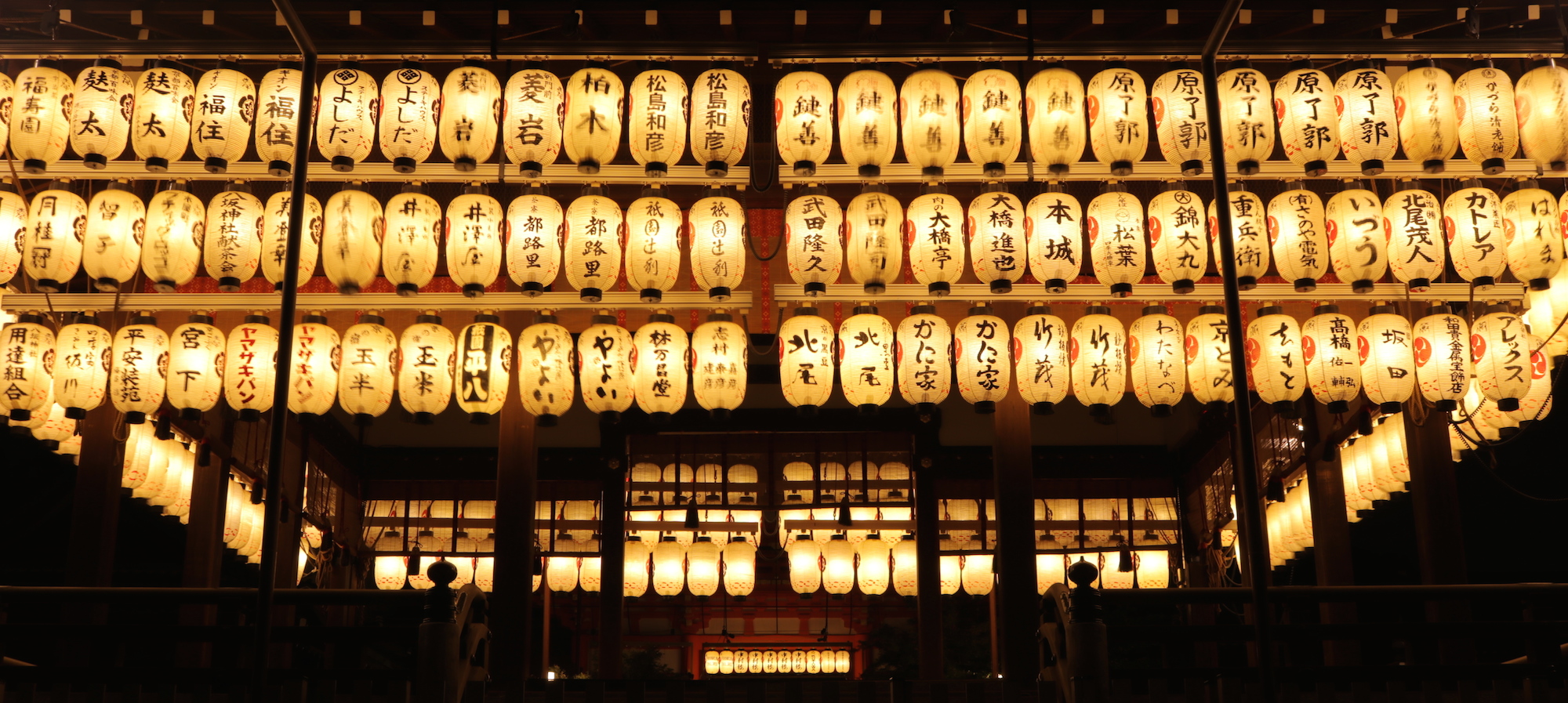
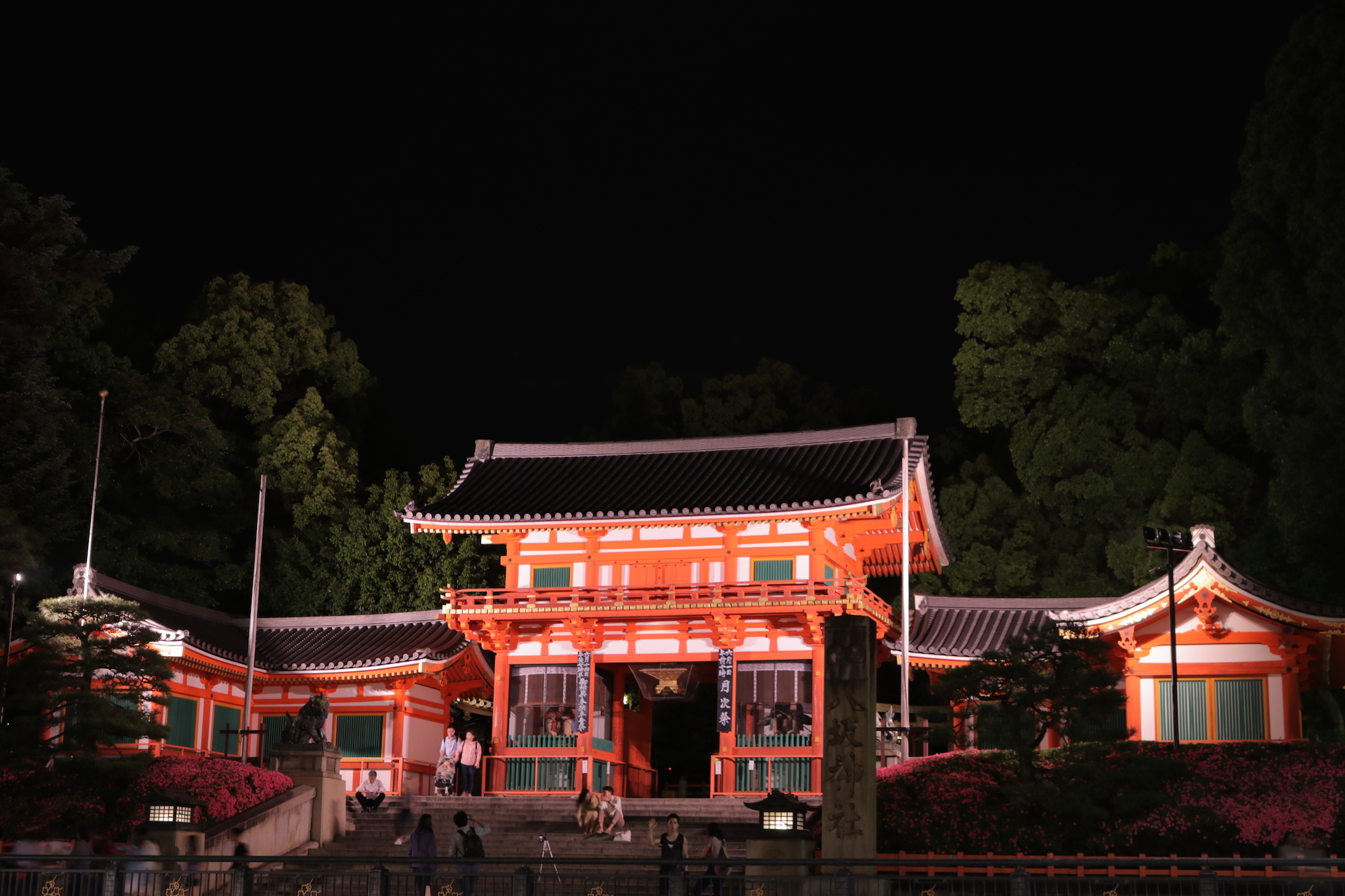
The Yasaka shrine is at the end of Main Street in downtown Kyoto. Main Street is lined with shops, indulging both tourists and natives. At the end of the night, as stores start closing, the street is lined with paper lanterns that light up the bridge and river running perpendicular. When you reach the end of the cosmopolitan street, you are in for a surprise because you hit the grand orange gate that opens into the Yasaka shrine. Inside there are paper lanterns, pagodas, trees, and waterfalls much like one might expect from a Buddhist temple. If you look out from the Main Street gate, the view--bridging the old and the new, the spiritual and the industrial, the visitors and the residents--is breathtaking.

Fushimi Inari is a temple based at 233 meters above sea level, but has multiple paths up to smaller shrines at peaks up to 4 km higher. Reaching the highest peak takes about two hours unless you are like me and get separated from your friends because of a whim to climb places you are not supposed to, in which case, at least an hour should be added to that estimation. Each of the hikes up is indicated by a series of traditional Japanese gates called torii and mark the transition into the sacred space. The harmony of spiritual, natural, and man-made is unmistakable. Each exists independently--beautiful and lively in contrast.
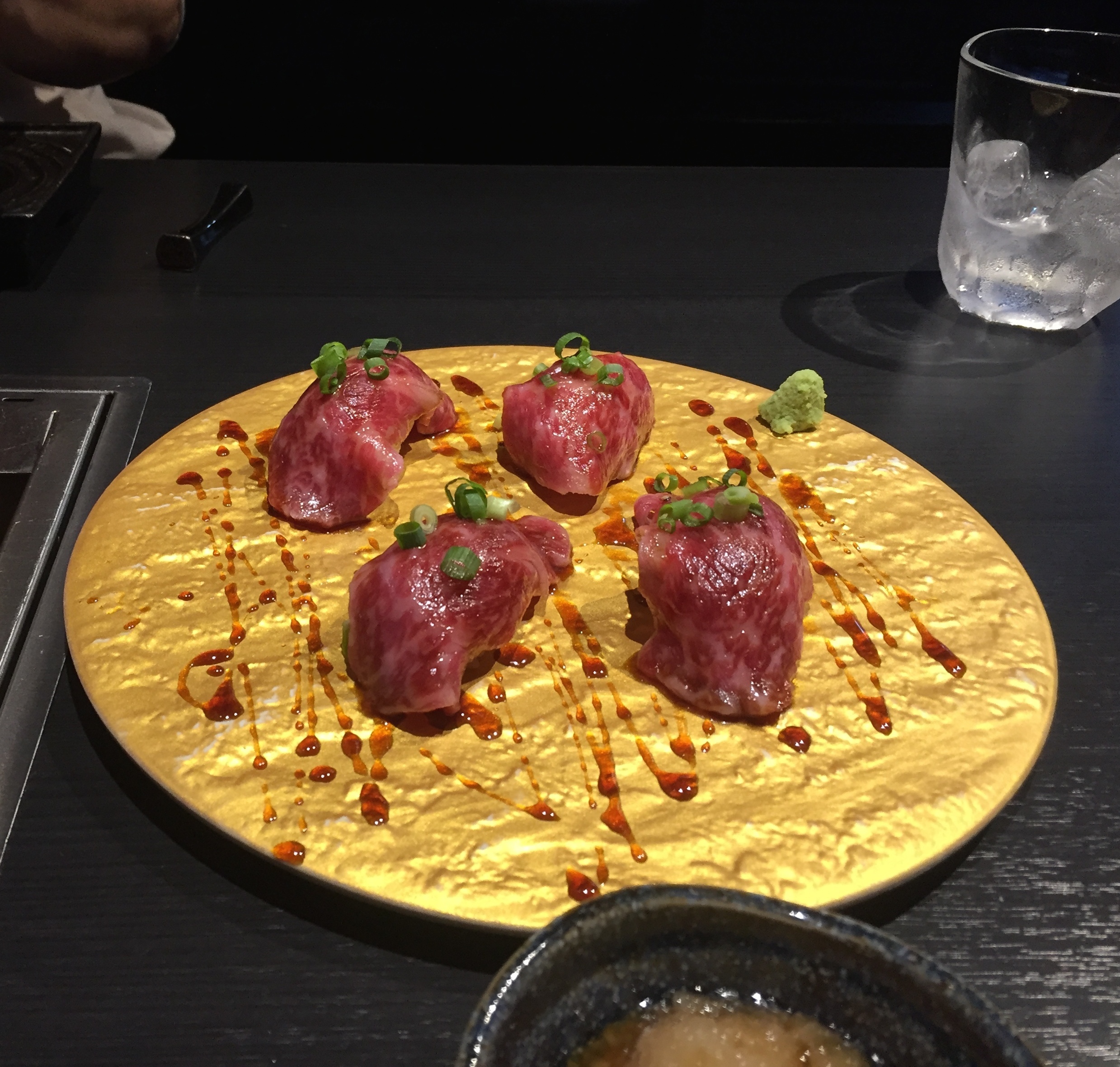
When you’ve had a full day of hiking you’ll be glad that the food in Kyoto is unbelievable. We dressed up (not necessary but the Japanese dress to impress--every businessman in a black or gray suit and every woman in a silk blouse and pencil skirt) and went out to Yakiniku Restaurant. It is a hibachi steak restaurant. I thought Japan was only famous for its seafood! A must try is the three second steak which is the most impossibly thin slice of steak that is grilled in front of you for, quite literally, three seconds. We also were able to grill some of our own steak, which ranged from cuts of the outside skirt to the tongue. However, the irreplaceable menu item was the melt-in-your-mouth garlic butter sauce that was smothered on each piece. After this experience, we were keen to find more hibachi steak and seafood during our visit.
Hakone
Hakone is home to some of the world’s most coveted hot springs or onsens. It is a prime example of humanity in unison with nature. My private room housed large rocks and a waterfall trickling down by frog statues and a stone floor.

We anticipated an hour-long appointment not being enough when we went one night, but I have never had my worries melt away quicker than that hour. How often do we sit with our own thoughts, alone? I grew up in the fast-paced tech stimulated culture of the Silicon Valley, California in the United States where you eat while walking and you are on the phone every moment. For reference, yoga stresses me out because they keep telling me to breathe on their cadence while also mastering unnatural contortions of the body. Japan is filled with the busy get-things-done attitude, but incorporates respect for a time and place. I didn’t see people on their bluetooth headsets. I didn’t even see public trash cans, in this country, that I can only describe as the cleanest place I have ever been. This is because people eat sitting down in one place, dispose of any packaging where they are, and then move on to the next thing. What a culture of respect for where you are and what you are doing! It is so holistic and a reminder to be where you are, completely, when you are there.

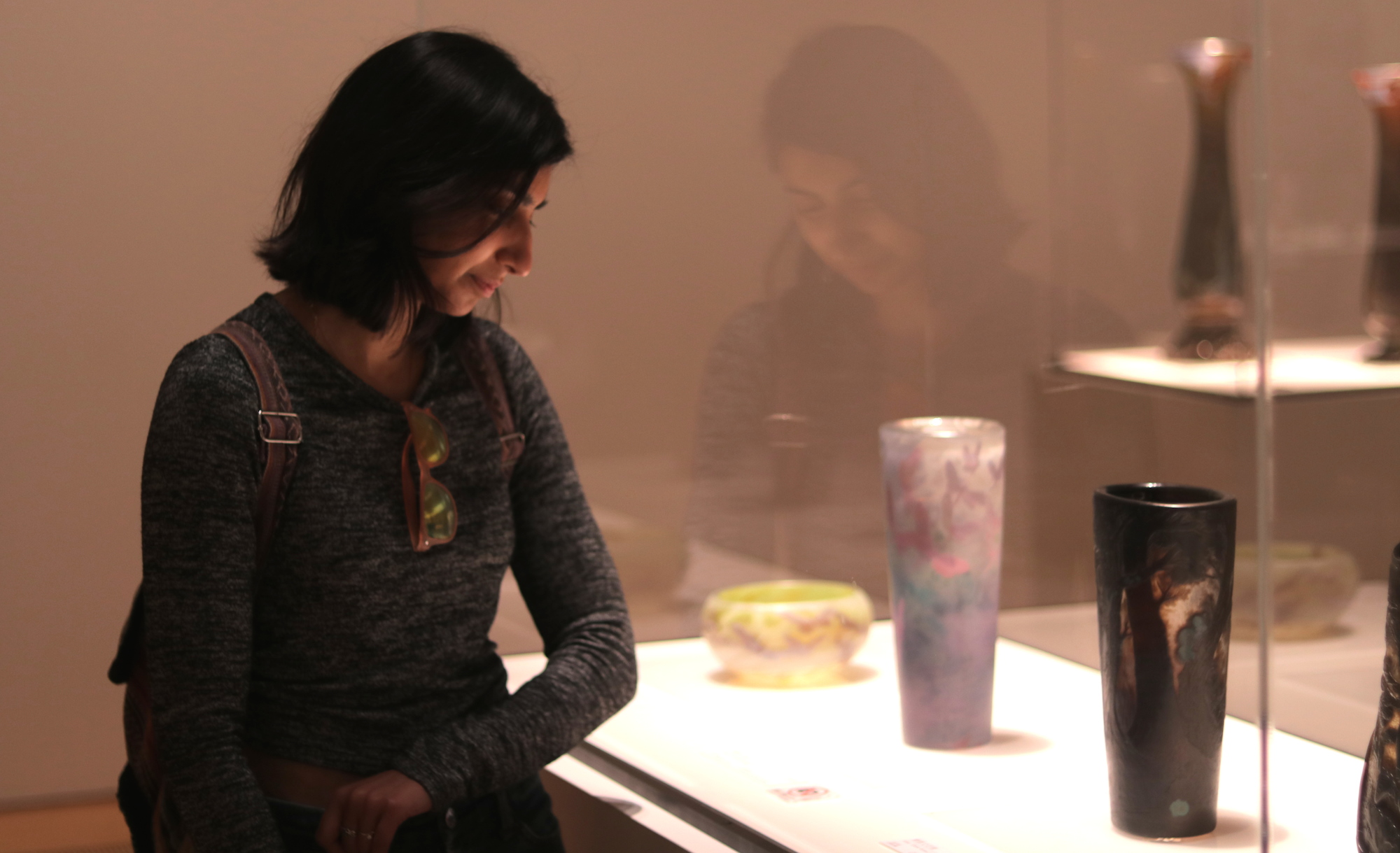
Within the museum, we saw the special exhibit of Emile Galle comprised of his glass blown vases and prints, each meticulous studies of sea creatures and life. The basement exhibits included a historical Japanese artifact display as well as a collection of paintings spanning from Impressionism to Modern Art. Among masterpieces by Monet, Seurat, Renoir, and Cezanne, I also found Picasso’s 1902, Mother and Child, characterized by his emotional blue period aesthetic.
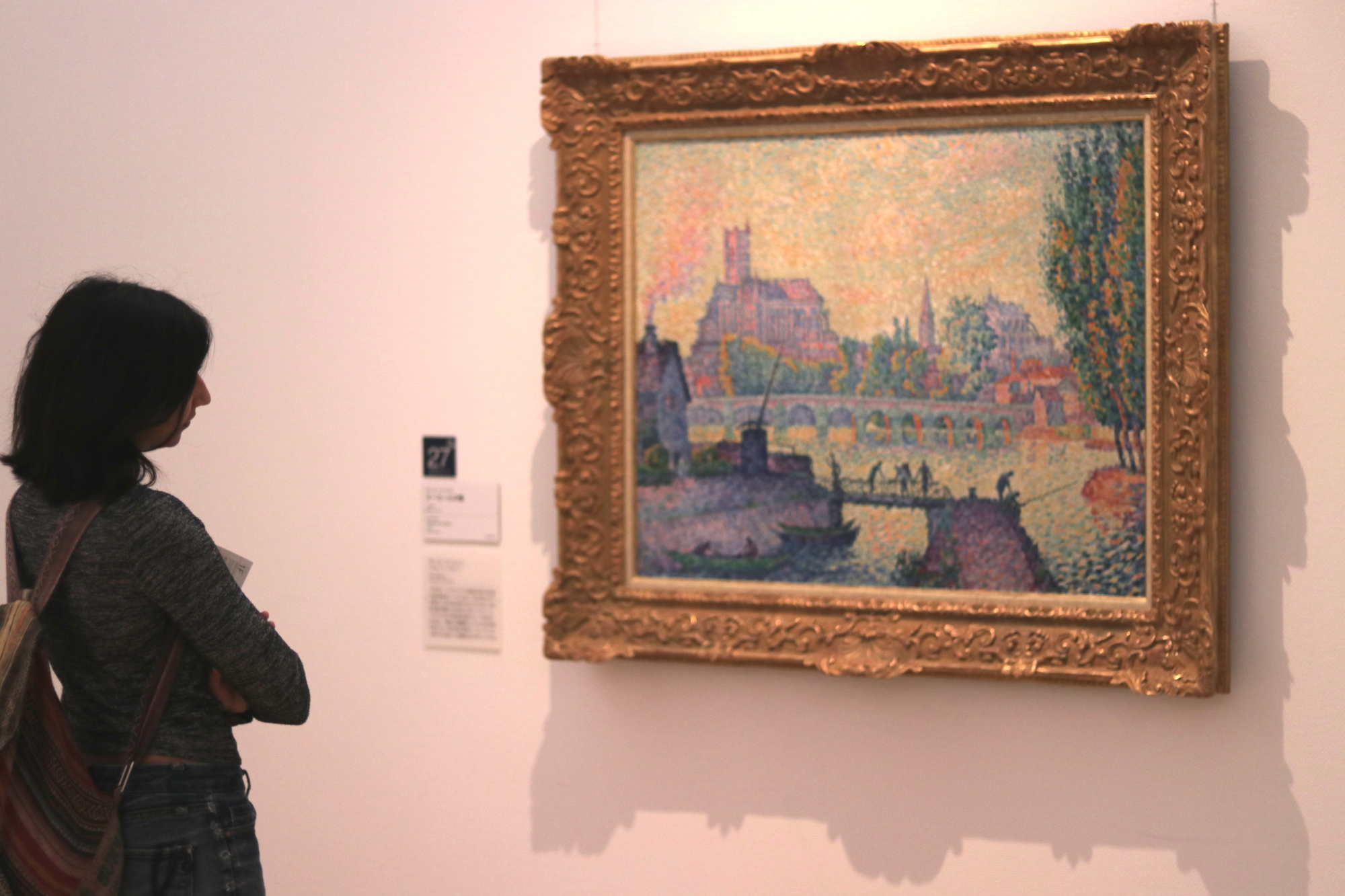
I was also surprised to see the work of my favorite artist, Paul Signac, a pointillist mastermind. In his many depictions of the water, Signac amplifies natural light and color, departing from the more traditional art forms’ dependency on line to evoke sentiments that are not ordinarily associated with such vibrance. Staring at his 1902 piece, Le Pont Due Auxerre, I was confronted with nostalgia, recognition of exhaustion from labor, and an awakened melancholy for departure. My arsenal of Japanese words contained five basics, one of which was “sugoi” meaning wow. I began a whole conversation out of the word with two Japanese ladies based on Signac’s piece. Much like the experience of immersion into any work of art, museum, music, performance, or writing, I was transported to 20th century Europe within a glass building buried in a Japanese forest.
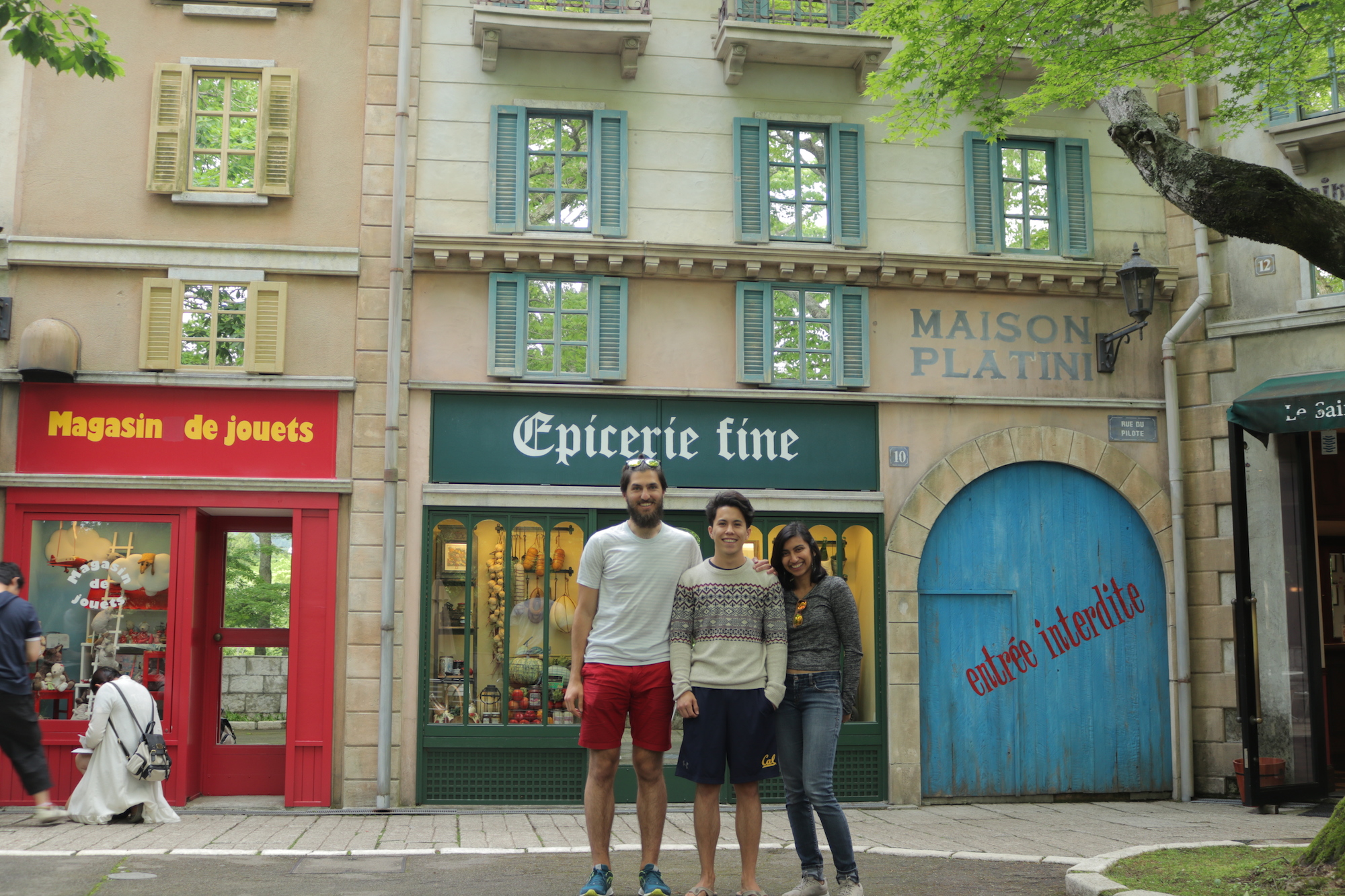
The Little Prince Museum of Hakone, Kanagawa is the only Little Prince museum in existence. Picturesque views of Mt. Fuji, a rose garden, and French architecture make it seem like a place out of the pages of a storybook. The interior, a 100-year commemoration of Antoine de Saint-Exupéry’s life, walks the audience through the children’s fable following the little prince’s journey from his rose to his final resting place. Along the way he realizes the significance of his rose and her role in his life. He learns to cherish his love and relationship after he has left it, too little too late, but fights to go back, ending the tale on a bittersweet note. Once again, the moral of the story and the beautiful surroundings were deliberately intertwined and a portal that required a viewer’s presence and consciousness was created. There is a lot to be said for the relatability of an atmosphere; I am more comfortable opening myself up where I feel safer.
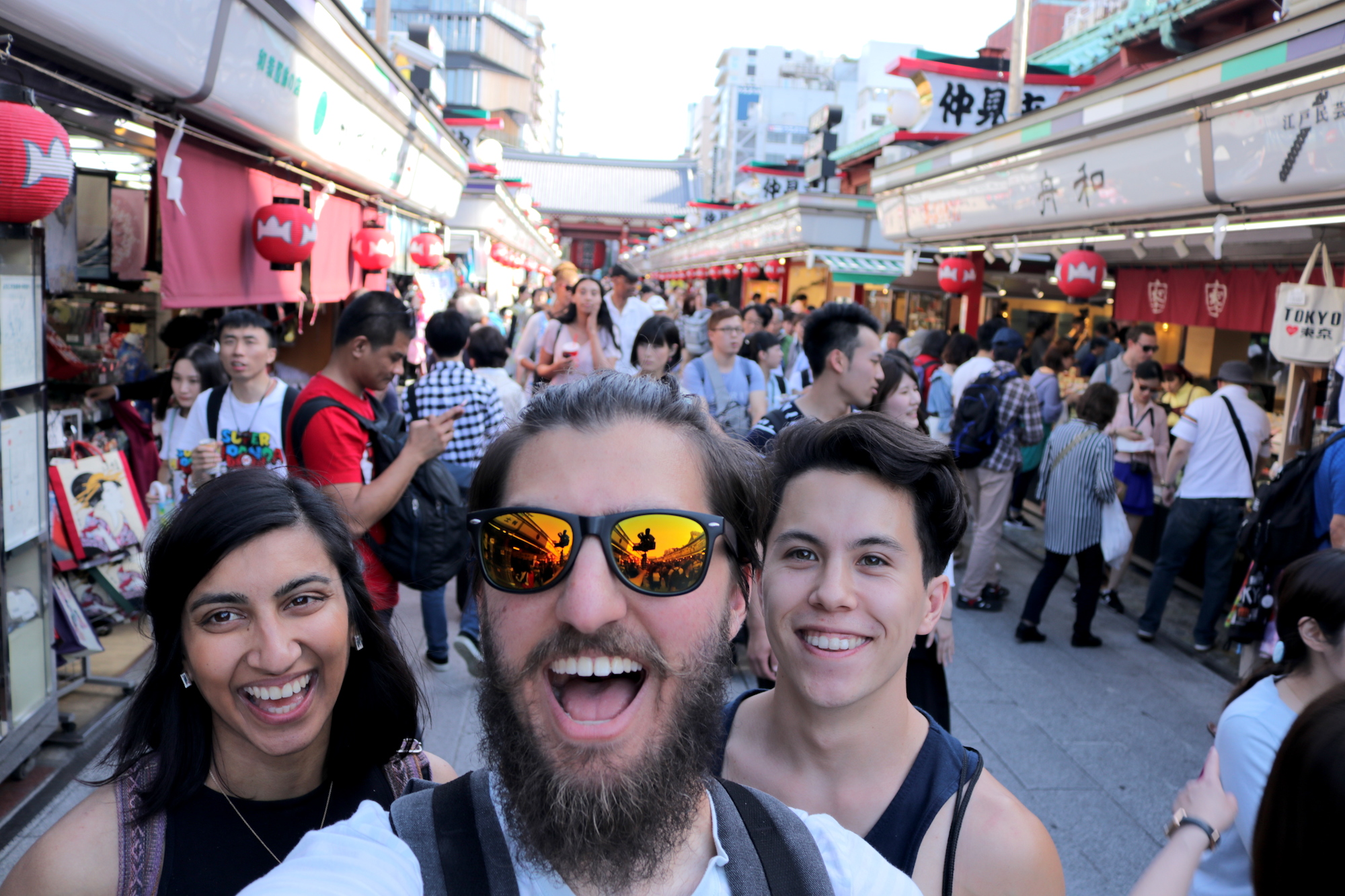
Sayonara, Japan!
On our last day, as we were heading out to the airport and back in Tokyo, we tried a highly recommended pancake bar. And I know it sounds uninspiring because you may have eaten pancakes every day as a kid. But let me just say this is no ordinary pancake. It stands about three inches tall, fluffy as a cloud, and in case that wasn’t enough to entice your taste buds, you drizzle it with a honey butter syrup.
Aside from the food and views, this particular trip, more than others, taught me about respect and presence. The worries, exhaustion, and turmoil we may be experiencing does not have to be a constant weight on our backs. A beautiful place, a spiritual experience, a moment of bliss, each a space to appreciate, should not be overlooked in light of our day to day trials and tribulations. I was reminded to have a certain consciousness in life--that is, after all, the beauty that we see in art, isn’t it? A pause in a particular moment, a transition to another place, an escape from where we are and what we are doing.
[photo credits: Aleksandar Gyorev]